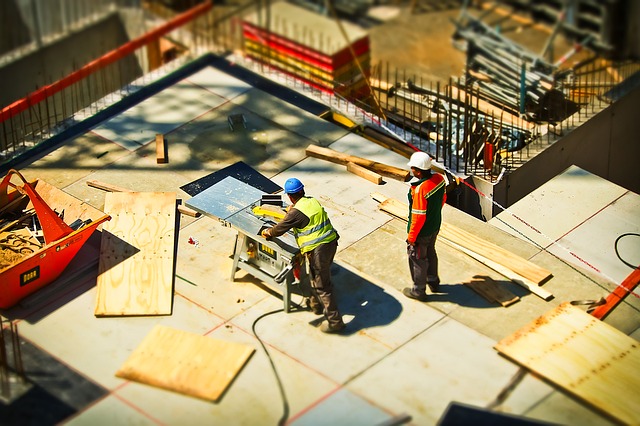The tensile modulus decreases with increasing temperature or diminishing strain rate. Obstacles to the steps mentioned in strengthen the polymer. Examples are cross-linking (aligned chains have more van der Waals inter-chain bonds) and a large mass (longer molecules have more inter- chain bonds). Crystallinity increases strength as the secondary bonding is enhanced when the molecular chains are closely packed and parallel. Predeformation by drawing, analogous to strain hardening in metals, increases strength by orienting the molecular chains. For undrawn polymers, heating increases the tensile modulus and yield strength, and reduces the ductility – opposite of what happens in metals.
Crystallization, Melting, and Glass Transition Phenomena
Crystallization rates are governed by the same type of S-curves we saw in the case of metals Nucleation becomes slower at higher temperatures. The melting behavior of semicrystalline polymers is intermediate between that of crystalline materials (sharp density change at a melting temperature) and that of a pure amorphous material (slight change in slope of density at the glass-transition temperature).
The glass transition temperature is between 0.5 and 0.8 of the melting temperature. The melting temperature increases with the rate of heating, thickness of the lamellae, and depends on the temperature at which the polymer was crystallized. Melting involves breaking of the inter-chain bonds, so the glass and melting temperatures depend on:
• chain stiffness (e.g., single vs. double bonds)
• size, shape of side groups
• size of molecule
• side branches, defects
• cross-linking
Rigid chains have higher melting temperatures.


